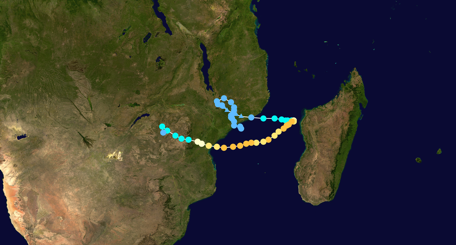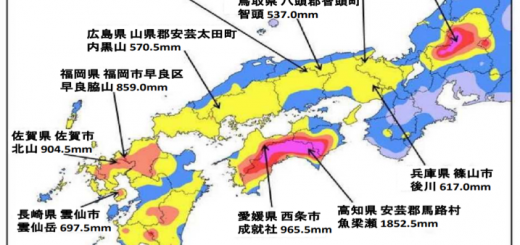20190702 伊拉克;旱災
20190702 伊拉克;旱災
Ancient palace emerges from drought-hit Iraq reservoir
Jack Guy, CNN • Updated 30th June 2019
(CNN) — A 3,400-year-old palace has emerged from a reservoir in the Kurdistan region of Iraq after water levels dropped because of drought.
The discovery of the ruins in the Mosul Dam reservoir on the banks of the Tigris River inspired a spontaneous archeological dig that will improve understanding of the Mittani Empire, one of the least-researched empires of the Ancient Near East, the Kurdish-German team of researchers said in a press release.
“The find is one of the most important archaeological discoveries in the region in recent decades,” Kurdish archeologist Hasan Ahmed Qasim said in a press release.
University of Tübingen eScience Cente/Kurdistan Archaeology Organization
The palace would have originally stood just 65 feet from the river on an elevated terrace. A terrace wall of mud bricks was later added to stabilize the building, adding to to the imposing architecture.
Ivana Puljiz, an archeologist from the University of Tübingen’s Institute for Ancient Near Eastern Studies, describes the palace, known as Kemune, as a carefully designed building with mud-brick walls up to two meters (6.6 feet) thick.
Some of the walls are more than two meters high, and various rooms have plastered walls, she added.
The team also found wall paintings in shades of red and blue, which were probably a common feature of palaces at the time but have rarely been found preserved.
“Discovering wall paintings in Kemune is an archaeological sensation,” she said in a press release.
“Kemune is only the second site in the region where wall paintings of the Mittani period have been discovered,” Puljiz told CNN in an email.
University of Tübingen eScience Cente/Kurdistan Archaeology Organization
Ten clay tablets covered in cuneiform, an ancient system of writing, were also discovered. High-resolution photos of the texts have been sent to Germany for translation.
“From the texts we hope to gain information on the inner structure of the Mittani empire, its economic organisation, and the relationship of the Mittani capital with the administrative centers in the neighboring regions,” Puljiz told CNN.
Archeologists first became aware of the site in 2010 when water levels in the reservoir were low, but this is the first time they have been able to excavate.
However, the site was submerged shortly after the dig, Puljiz said, adding: “It is unclear when it will emerge again.”
(07/01) 伊拉克旱災水庫水位下降重現3400年前古代宮殿。
資料來源:[CNN]Ancient palace emerges from drought-hit Iraq reservoir
伊拉克乾旱揭水庫埋藏3400年宮殿
2019-06-30
伊拉克北部一座水庫近期因氣候乾旱,水位一直下降,意外令水底一座有3,400年歷史的宮殿遺蹟重見天日,相信宮殿屬於米坦尼王國。今次是當地近數十年來最重要考古發現,有助揭開這古代王朝的神秘面紗。
來自德國和伊拉克庫爾德族的考古團隊,在庫爾德自治區底格里斯河岸的摩蘇爾大壩水庫,發現宮殿遺蹟。宮殿牆壁高兩米,由泥磚建成,考古學家在宮殿內發現由紅色和藍色顏料繪製的壁畫,以及刻有楔形文字的黏土板,將送往德國解讀,希望藉此了解米坦尼王國的社會結構和經濟狀況。鑑於水庫水位目前正在回升,或重新淹沒宮殿遺蹟,考古團隊正爭分奪秒挖掘。
資料來源:[文匯報]伊拉克乾旱揭水庫埋藏3400年宮殿

















